Ceramic tiles is a vast industry with a gigantic rate of production and consumption. The output of world in general, then Asia and Europe major countries then Brazil is analyzed in this article. Following a largely stagnant 2015 survey, the production and consumption of ceramic tiles recovered in 2016 with increases of 5.7% and 5%, respectively.
Less dynamic import/export flows, with an increase of 1.7%, marked a minor improvement over the +1.5% of 2015.
World Ceramic Tiles Output
Ceramic tiles output of the world surpassed 13 billion square meters, reaching 13,056 million square meters, 5.7% more than in 2015. Asia started to expand again, increasing from 8,631 to 9,331 million square meters (+8.1% from 2015), or 71.5% of world production. The development of China, India, Vietnam, and Iran was the main factor in this outcome.
Including a 7.1% increase from 1,218 to 1,304 million sq. m in the European Union (EU-28) and a more constrained 1.1% increase to 573 million sq. m in non-EU Europe, the European continent produced a total of 1,877 million sq. m (14.4 percent of the world’s production). Due to the severe recession in Central and South America, where output volumes decreased by 107 million sq. m to 1,086 million sq. m (-9%), total production in the American continent declined from 1,523 to 1,444 million sq. m (11% of world production).
In contrast, output growth accelerated even further in North America, reaching 358 million sq.m (+8.5%) as a result of an improvement in both Mexico and the USA. Africa’s output decreased by 3.4% to 399 million square meters.
The consumption of tiles worldwide rose in 2016 from 12,177 to 12,783 million square meters (+5%). Demand in Asia increased by 8% to 8,818 million square meters, or 69% of global consumption.
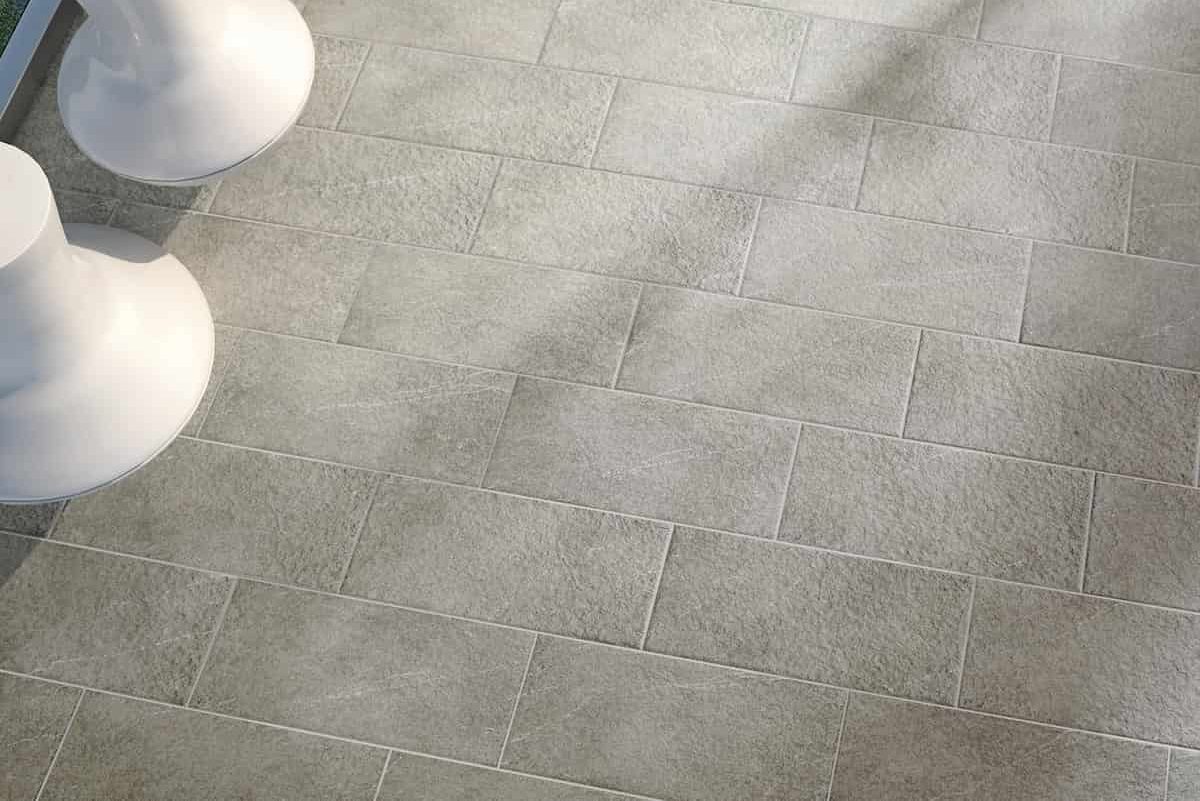
Due to an increase in demand across the majority of countries, consumption in the European Union also increased by 5.9% (after growing by 5% in 2015), from 910 to 964 million sq.m. Due to the slowdown in Russia, demand in non-EU European countries declined slightly (-0.9%) to 527 million sq.m. This decline was partially offset by the rebound in Turkey.
Consumption in Central and South America decreased by almost 100 million square meters to 1,180 million square meters (-7.7%), a decline that was entirely related to the slowdown in Brazil.
Demand in North America continued its very good trend, increasing from 507 to 547 million square meters (+7.9%), driven by nearly similar growth in Mexico and the USA in both percentage and absolute terms. In contrast, demand in Africa continued to decline, falling 5.5% to 691 million square meters as a result of contractions in Nigeria, Libya, and Egypt.
For the third year in a row, global exports only grew by 48 million square meters in 2016 compared to the prior year, or 1.7%, sustaining a relatively modest growth pattern.
Additionally, the exports from the European Union, which now account for one-third of all global exports, increased from 856 to 903 million square meters (+5.5%), accounting for nearly all of the rise.
Exports from nations in Central and South America increased as well (from 126 to 141 million sq.m., +11.9%), and exports from non-EU countries in Europe increased (from 139 to 147 million sq.m., 5.5%), making up for losses from the previous year.
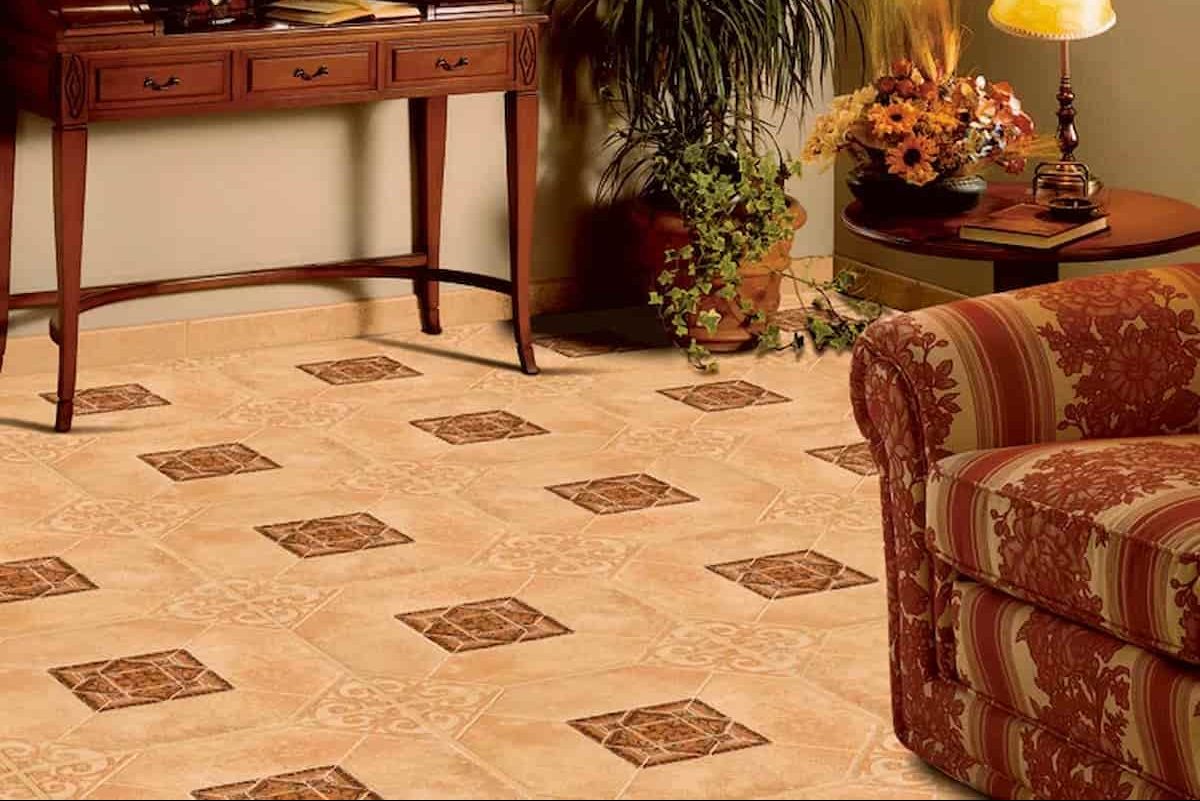
Contrarily, exports from Asia decreased slightly to 1,513 million square meters (-0.8%), or 54.2% of global exports, while exports from Africa and North America continued to decline (Africa from 35 to 30 million square meters (-14.3%); North America from 65 to 60 million square meters (-7.7%).
5) The European Union maintained its position as the region with the highest export share, accounting for 69.2% of production, when examining the export propensity of the various macroregions or continents. The non-EU European Union exported 25.7% of its total output, followed by North America (16.8%), South America (13%), Asia (16.2%), and Africa (7.5%).
The pattern of import/export movements over time is completely consistent with our long-held belief that tiles typically get made near to where they get used.
Despite the fact that global exports account for 21.4% of production and 21.9% of global consumption, more than half (59%) of this volume is made up of exports that are sent to other countries in the same region as the one in which they were produced (for instance, 79% of exports from South America stay in South America, 77% from North America stay in the NAFTA region, and 64% of exports from Asia go to other Asian nations).
The EU is a small exception because over 50% of its exports are bought and sold outside of the EU. The fact that each continent tends to have equal shares of global production and consumption supports this analysis.
In other words, Asia accounted for 71.5% of production and 69% of global consumption, followed by Europe (EU + non-EU), the Americas, and Africa, at 14.4%, 11.6%, 11.5%, and 3.1%, respectively.
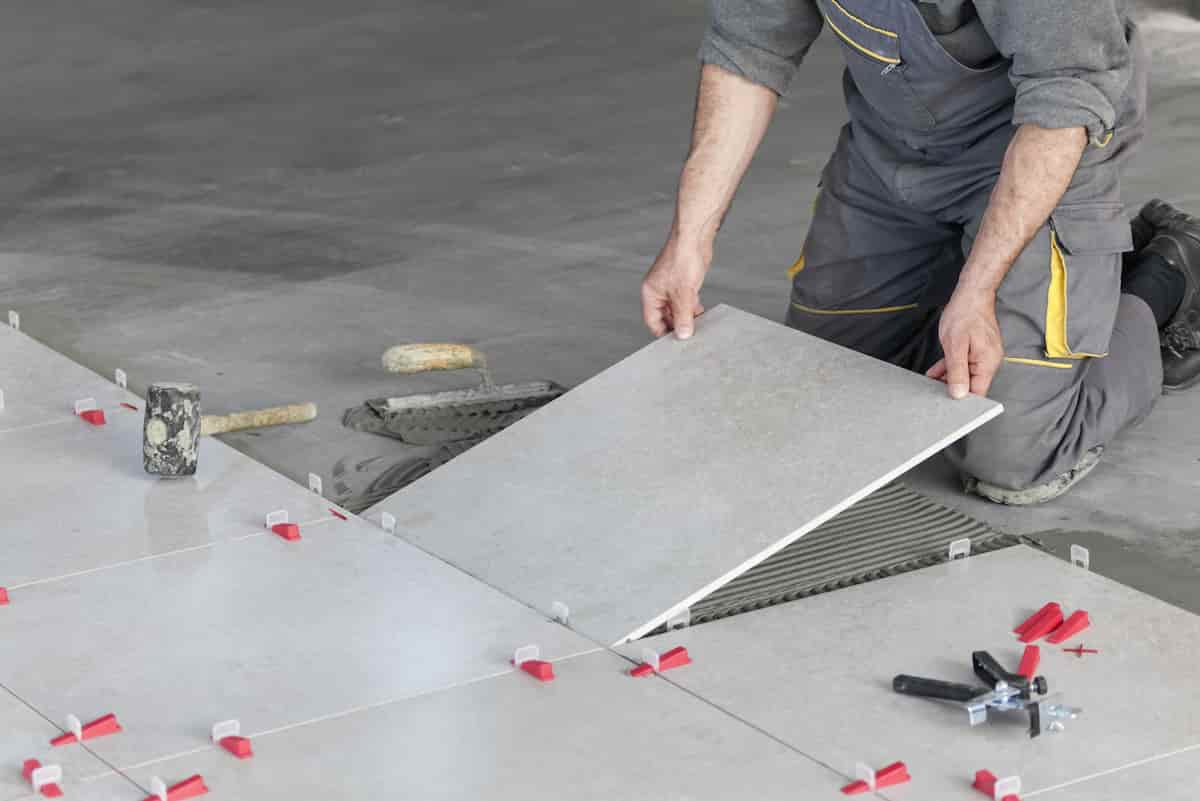
Asia Ceramic Tiles Output
The highest output in ceramic tiles in Asia and the world is China. The world’s largest producer, consumer, and exporter of ceramic tiles, resumed its production expansion in 2016, which had been halted the year before.
Our estimates indicate that Chinese production reached a total of about 6,495 million sq.m. in 2016 (+8.8% from 2015), which is equivalent to 49.7% of global production, despite the fact that the Chinese industry and market remain difficult to quantify due to the extremely large discrepancies between the available figures.
This contrasts with a manufacturing capacity estimated by official Chinese sources to be greater than 11 billion square meters, distributed across approximately 1400 enterprises and 3500 production lines. Estimated domestic use is 5,475 million square meters, or 42.8% of global consumption. For the third year in a row, shipments decreased from 1,089 to 1,025 million square meters (-5.9%, the largest decrease in the previous three years), representing 36.7% of all exports globally.
With the exception of Oceania (+7% to 35 million sq.m.), sales fell on all continents. Sales in Asia, which account for 58.3% of all Chinese exports, decreased by 1.3% to 583 million square meters; in Africa, they decreased by 14% (198 million square meters, or 19.8% of the total); by 11.7% in North America (78 million square meters) and by 11.1% in South America (80 million square meters), both of which account for 8% of all Chinese exports; by 20% in the European Union (16 million square meters, or 1.6% of global exports); and by -9% in non Individual markets experienced the greatest declines in Nigeria (down from 52 to 15 million sq. m., -71%), India (from 32 to 12 million sq. m., -62%), Mexico (from 25 to 9 million sq. m., -62%) and Saudi Arabia, which had been the world’s largest export market in 2015 with 64 million sq. m. but had dropped to fifth place with 49 million sq. m. (-23%), according to data from the World Bank.
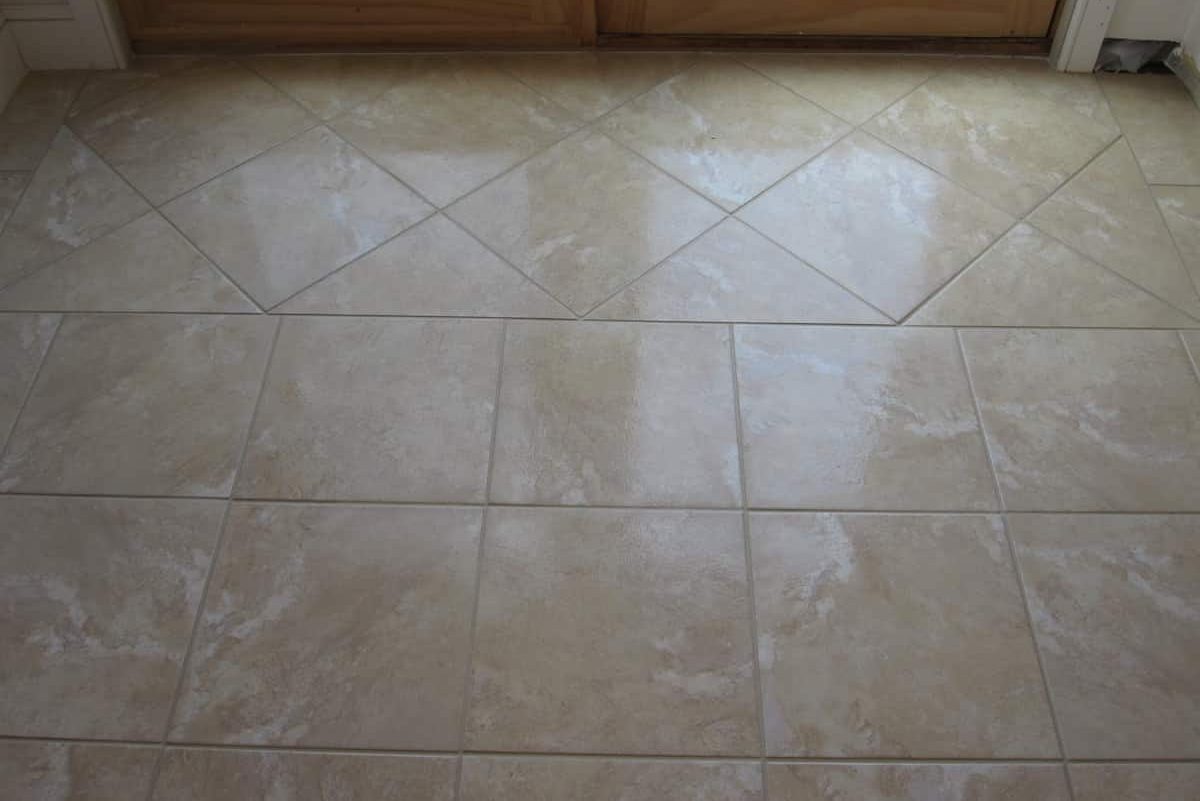
The largest market for Chinese tiles is now the Philippines (67 million square meters, +27%), followed by South Korea (66 million square meters, +21%), Indonesia (57 million square meters, +29%), and the USA (56 million square meters, +11%). Chinese exports had a value of 4,979 million euros, or 4.9 euros per square meter on average.
India surpassed Brazil in 2016 to overtake it as the second-largest producer and user of tiles worldwide. Domestic consumption increased only modestly (785 million sq.m., +2.9%) while production increased from 850 to 955 million sq.m. (+12%). More than 500 production lines are thought to be part of the ceramic cluster in Morbi (Gujarat), many of which are devoted to export-oriented goods. In 2016, foreign sales increased significantly, from 134 to 186 million square meters (+38.8%), cementing India’s position as the fourth-largest exporter in the globe.
Exports in value terms totaled 598 million euros, or an average selling price of 3.2 euros per square meter—one of the lowest figures among all exporting nations. Saudi Arabia, which replaced Chinese imports with goods from India, is still the largest export market with a 32.5% share (up from 49 to 60 million sq.m., +23%). Iraq (11.5 million square meters, +29.5%), the UAE (11.4 million square meters, +13.6%), Oman, and Kuwait follow (both with around 10 million sq.m, more than double the 2015 figure).
Brazil saw a dramatic decline in sales (3.1 million sq.m, -62%), while Mexico (7 million sq.m) emerged for the first time as a major destination for Indian exports. Overall, Asia (138 million square meters, +38%), Africa (24 million square meters, +33%), Europe (EU + nonEU), 4.8% (8.9 million square meters, +102%), North America (NAFTA), 4.3% (nearly exclusively Mexico), and South America (5.5 million square meters, -47%), absorb the majority of Indian exports.
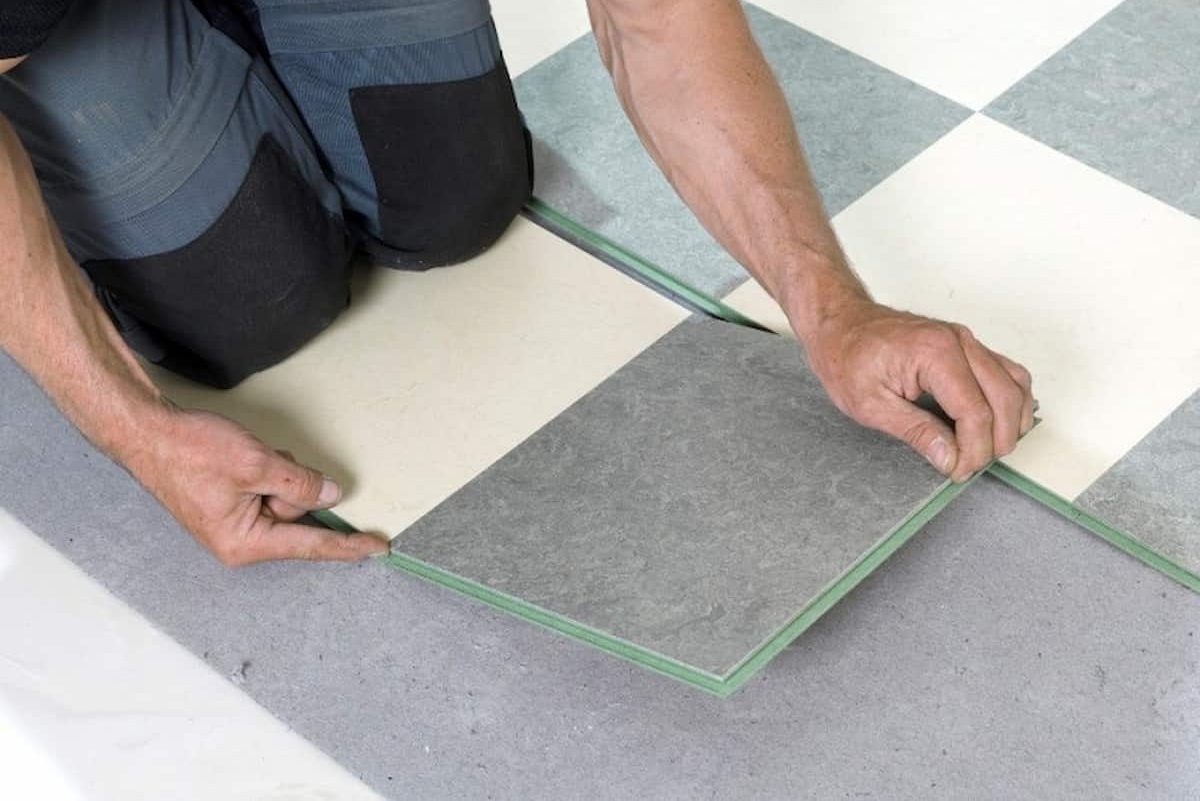
Brazil Ceramic Tiles Output
Brazil was the only major production and consumer nation with a high output of ceramic tiles to experience a large decline in 2016, with domestic demand falling by 13.5% from 816 to 706 million square meters after shrinking by 4% in 2015. Production was reduced as a result from 899 to 792 million square meters (-11.9%). In contrast, exports recovered for the fourth year in a row, increasing to 94 million square meters (+22%) and US $309 million (+5%).
The USA, the second-largest foreign market for Brazilian tiles, and markets in Latin America receive practically all of these exports. Heitor Almeida, chairman of Anfacer, argues that the Brazilian construction and real estate markets were paralyzed by the economic recession brought on by the domestic political turmoil in 2016, which shrank by 40%.
Therefore, the only real choice available to Brazilian tile makers as they wait for the first indications of what will undoubtedly be a sluggish recovery, most likely starting in 2018 and beyond, is to increase exports to North and South America.
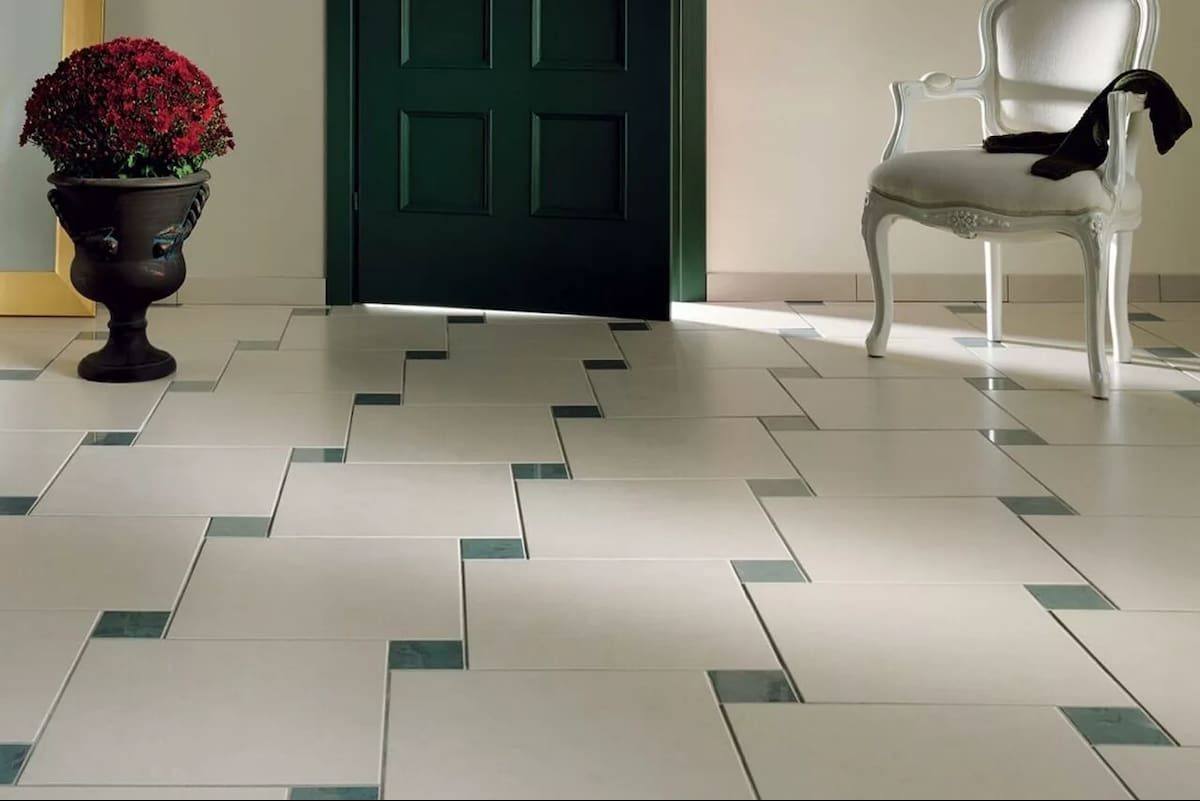
Europe Ceramic Tiles Output
Spain as one of the major countries in Europe in ceramic tiles industry cemented its position as the second-largest exporter in the globe in 2016 as a high output, thanks to a further 4.5% increase in shipments to 395 million square meters.
With output volumes reaching 492 million sq.m (+11.8%), it also continued its production rebound, solidifying the nation’s fourth-place standing among global producers. The continued improvement in domestic sales, which according to Ascer exceeded 125 million sq.m. and climbed in value by 16% to 746 million euros, was a significant factor in this, among other things.
Top export markets included France (37.8 million square meters, +14.8%), Saudi Arabia (down 19% to 27.6 million square meters), Algeria (23.5 million square meters, -9%), the USA (where exports increased by 49.6% from 13.8 to 20.7 million square meters), and the UK (20.2 million square meters, +6.5%). France (257 million euros), the United States (188 million euros, +30%), the United Kingdom (166 million euros), and Saudi Arabia were the leading overseas markets in terms of value (146 million euros).
Europe accounted for 39.7% (45.8% in value) of Spain’s exports in 2016, followed by the Middle East and Asia (27.3%), Africa (19.6%) (14.2% in value), and the Americas (12.3%) in 2016. While export earnings increased to 2,570 million euros (+4.8%), the average selling price stayed constant at 6.5 euros per square meter. The overall turnover for the Spanish industry was 3,316 million euros (+7.1%).
In 2016, Italy’s output increased by 5.3%, from 394.8 to 416 million square meters, while total sales increased by 4.5% to 414.5 million square meters.

After an eight-year slump, domestic sales increased to 83 million square meters (+3.2%) and a value of 829 million euros (+3.7%). Domestic consumption increased to 103 million square meters after imports (21 million square meters). Italy, the third-largest exporter in the world, saw an increase in exports both in terms of volume (from 316.6 to 331.7 million square meters, up 4.8%), as well as more significantly in terms of value (from 4,318 to 4,588 million euros, up 6.3%), thanks to an increase in the average price to 13.8 euros per square meter.
The sector’s overall revenue exceeded 5.4 billion euros (+5.9%), with exports accounting for 85% of that amount.
The amount of tile exported to Western Europe, which accounts for 50% of all Italian exports, increased to 167 million square meters (+5%). Despite the severe challenges in the Russian market (2.5 million sq.m, -10%), sales in Central and Eastern Europe increased to reach 31 million sq.m (+2% after -17% in 2015). Balkan exports also did well (17 million square meters, +5.3%). 65% of all Italian tile exports by volume, or 215 million square meters, were consumed in Europe.
The NAFTA region also saw positive results, with sales of 49 million square meters (+8.5%), or 14.8% of total exports. Sales increased in the Far East (19 million square meters, up 4.8%), the Gulf (12 million square meters, up 3.2%), and North Africa and the Middle East (11 million square meters, up 2%), but in smaller amounts.
Latin America, on the other hand, experienced a significant decline for the third year in a row (4 million sq.m., -21%).
The top 10 Italian export markets by size remained in place, and all of them expanded compared to 2015. With 54.4 million square meters (+5.8%), Germany maintained its lead over France (43.9 million square meters (+1.6%), the United States (38.7 million square meters (+7.8%), Austria, Belgium, the United Kingdom, Switzerland, Canada, the Netherlands, and Romania.
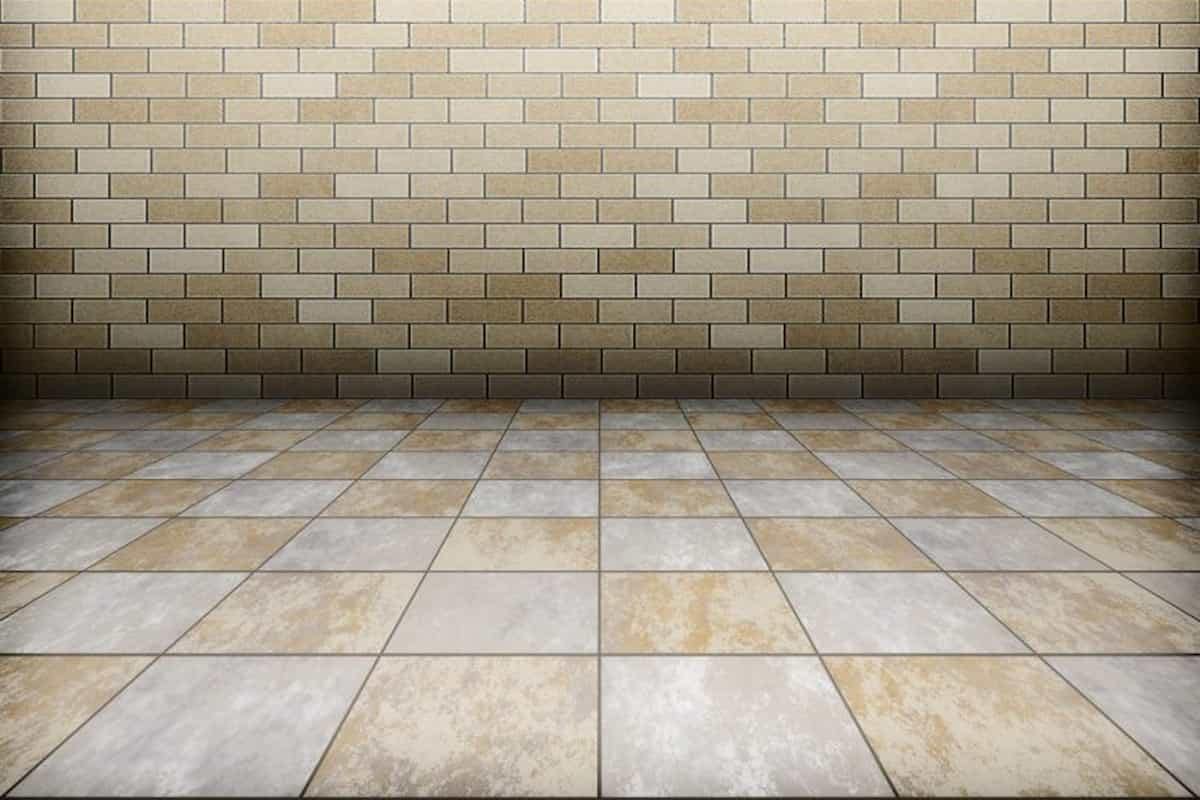











Your comment submitted.